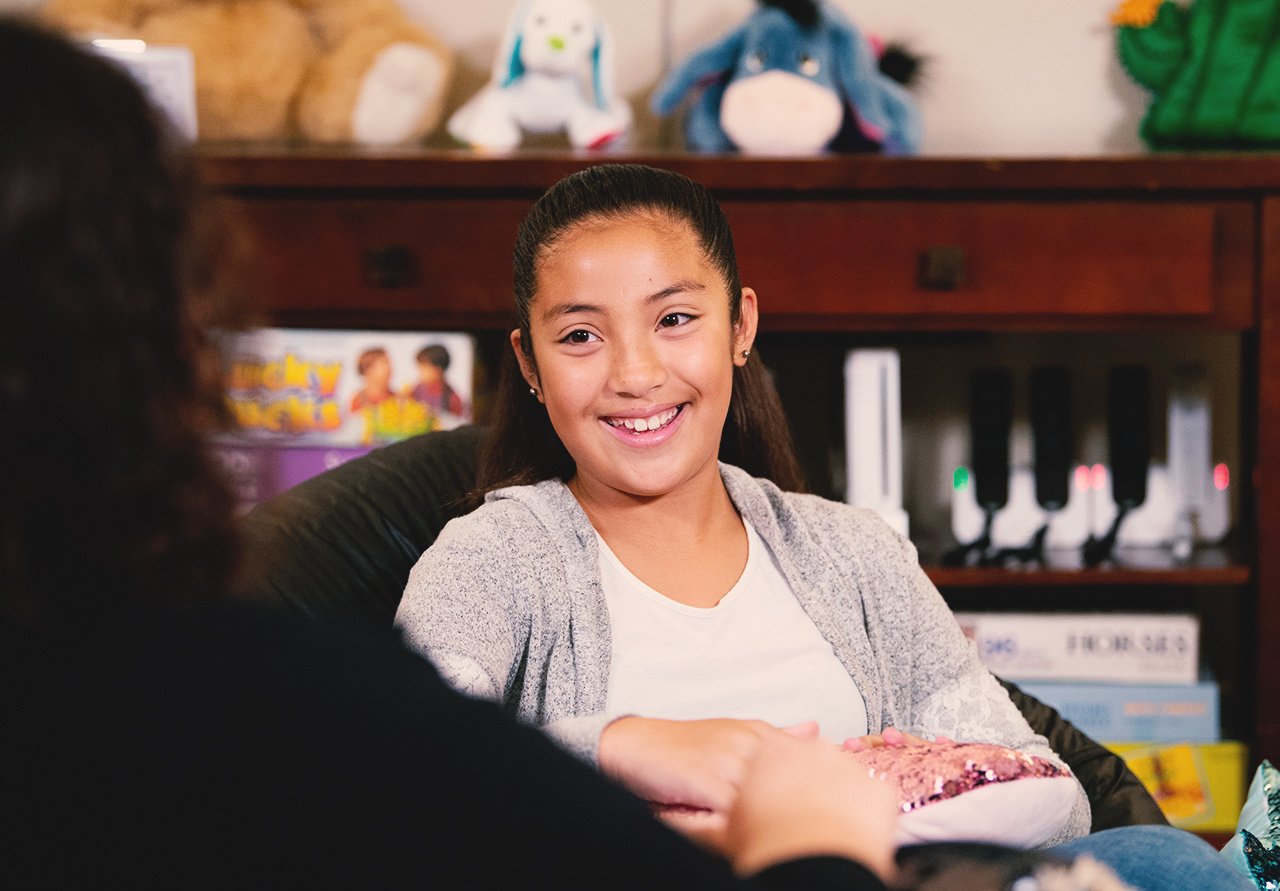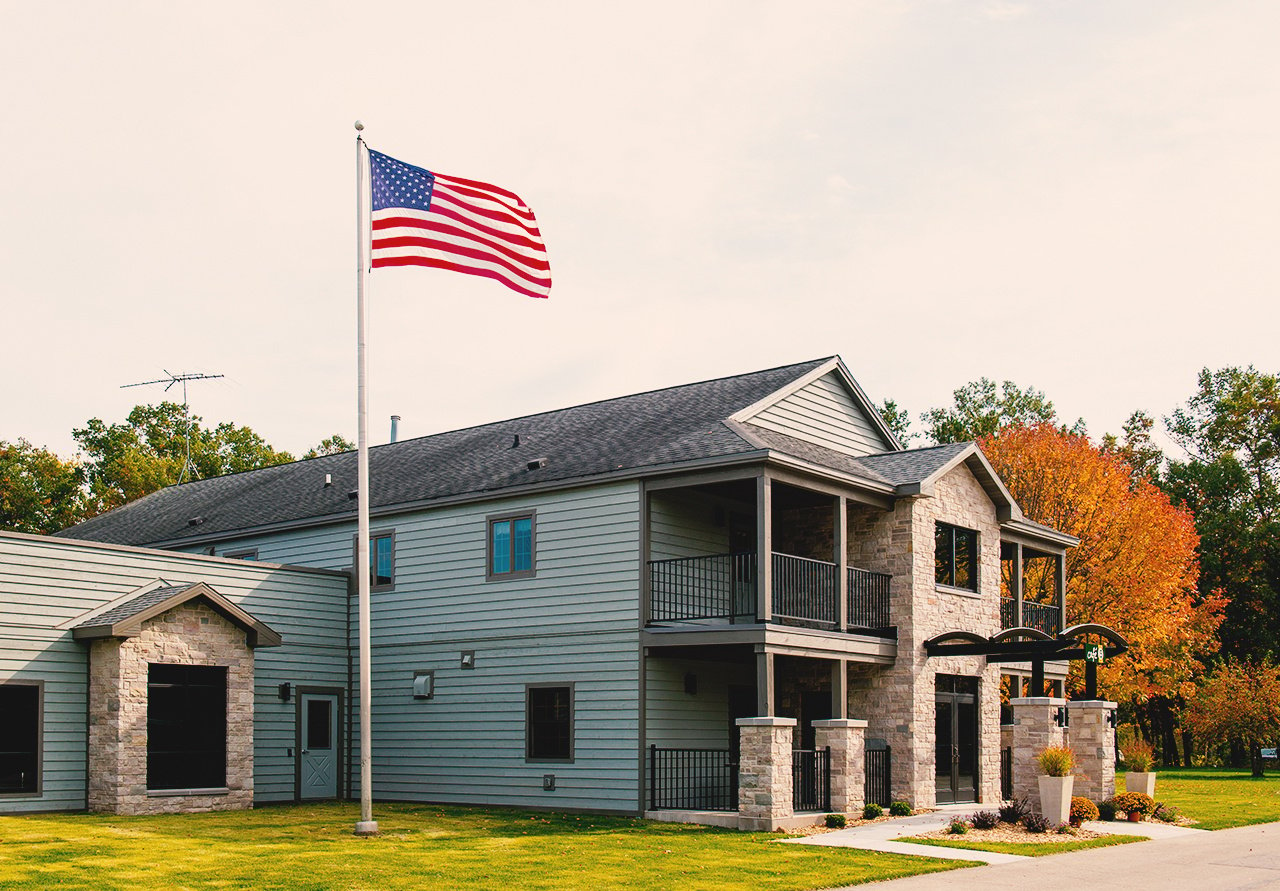Qualified Residential Treatment Program (QRTP) FAQs
Below are Qualified Residential Treatment Program (QRTP) FAQs to reference for clarification on the certification’s importance for Rawhide.
What is a Qualified Residential Treatment Program (QRTP) certification?
The Wisconsin Department of Children and Families (DCF) created the Qualified Residential Treatment Program (QRTP) certification with standardized qualifications for organizations to follow to offer quality residential care treatment.
What are the requirements for a QRTP?
A QRTP is a treatment setting that:
- Has a trauma-informed treatment model designed to address serious emotional or behavioral struggles;
- Has registered or licensed nursing staff and other licensed clinical staff who can provide care to youth 24/7;
- Facilitates family participation in their youth’s treatment program;
- Facilitates and documents family outreach;
- Documents how the youth’s family is integrated into the youth’s treatment, including post discharge and sibling connections;
- Provides discharge planning and family-based aftercare services for at least six months after they complete treatment;
- Is licensed and nationally accredited by the Commission on Accreditation of Rehabilitation Facilities (CARF), the Joint Commission on Accreditation of Healthcare Organizations (JCAHO), the Council on Accreditation (COA), Educational Assessment Guidelines Leaning towards Excellence (EAGLE) or others approved by the Children’s Bureau.
What did Rawhide do to become QRTP certified?
Rawhide was required to:
- Use a trauma-informed, evidence-based treatment model. Rawhide partnered with Cornell University out of New York to implement its evidence-based Children And Residential Experiences (CARE) Model. It is a model that provides six principles to guide decision-making, considering the best interest of the children and families served. Every employee at Rawhide is required to complete the CARE model training.
- Offer 24/7 nursing services for all youth.
- Provide family involvement in every youths’ treatment plan.
- Offer program discharge planning and aftercare services.
- Be accredited by a DCF-approved agency. Rawhide received the Council on Accreditation (COA) in 2019, which holds the organization to high-quality standards for behavioral health.
Does Families First require an elimination of residential treatment?
No, Family First created the Qualified Residential Treatment Program (QRTP).
What is the limit on QRTP placement length?
Family First does not create a firm deadline for moving youth out of a QRTP. It does require a higher level of review for a child younger than 13 after six months in placement and a higher review for youth over 13 after 12 consecutive months or 18 non-consecutive months. For youth in placement over 1 year, the Commissioner of DCF must certify that the placement is appropriate.
Who makes the determination of whether a service provider qualifies as a QRTP?
It is the responsibility of DCF to determine whether a facility meets the QRTP standards.
What does the six months of family focused aftercare services mean and who determines what services are appropriate?
The aftercare support is tailored to the needs of the youth and family. Services can be provided by other community providers with the QRTP referring/coordinating.
What is the Definition of a “Child Care Institution?”
- Per 45 Code of Federal Regulations (CFR) § 1355.20, a “child care institution means a private child care institution, or a public child care institution which accommodates no more than 25 children and is licensed by the licensing authority responsible for licensing or approval of institutions of this type as meeting the standards established for such licensing.”
- “The licensing authority must be a state authority in the state in which the child care institution is located, a tribal authority with respect to a child care institution on or near an Indian reservation, or a tribal authority of a tribal Title IV-E agency with respect to a child care institution in the tribal Title IV-E agency’s service area. This definition must not include detention facilities, forestry camps, training schools or any other facility operated primarily for the detention of children who are determined to be delinquent.”
Does this 25-bed limit apply to private childcare institutions?
No. The 25-bed limitation applies to public childcare institutions.








